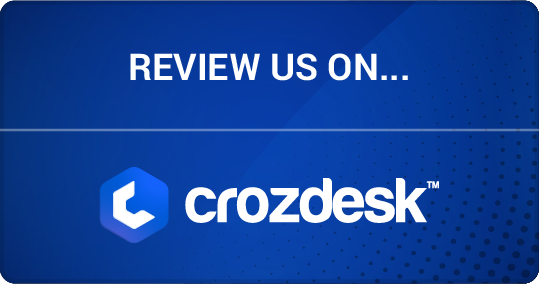The world of Integrated Workplace Management Systems (IWMS) is full of specialized terms and acronyms that can be overwhelming. However, understanding these key concepts is crucial for anyone involved in facility management, workplace strategy, or corporate real estate.
In this blog post, we explain 5 essential IWMS acronyms that will help you understand the industry’s intricacies and make more informed decisions.
Understanding Key IWMS Acronyms
Knowing these terms can help you navigate industry discussions, evaluate technology solutions, and optimize your workplace strategies. Below, we break down five key acronyms that every professional should be familiar with:
1. CAFM: Computer-Aided Facility Management
CAFM (Computer-Aided Facility Management) provides centralized digital tools for managing facilities, including space planning, maintenance tracking, and asset management. By streamlining workflows and automating tasks, it enhances operational efficiency and delivers cost-effective solutions. With the rise of hybrid work and flexible office spaces, CAFM solutions have become indispensable for optimizing real estate portfolios and ensuring a seamless workplace experience.

2. CBM: Condition-Based Maintenance
CBM (Condition-Based Maintenance) uses IoT sensors and diagnostics to assess real-time asset health. Instead of following a rigid maintenance schedule, CBM triggers interventions only when needed, reducing unnecessary costs and extending asset lifespans. This data-driven approach helps organizations move from reactive to predictive maintenance, improving reliability and reducing downtime.
3. BIM: Building Information Modeling
BIM (Building Information Modeling) is a collaborative 3D framework that integrates design, construction, and facility data. Beyond architectural visualization, BIM enhances decision-making, supports sustainability initiatives, and improves lifecycle performance. As buildings become more complex and sustainability goals take center stage, BIM plays a critical role in ensuring projects meet efficiency and compliance standards.
4. FCA: Facility Condition Assessment
FCA (Facility Condition Assessment) evaluates the state of buildings and systems, providing actionable insights to prioritize maintenance and capital planning. By assessing structural integrity, energy efficiency, and compliance, FCA helps organizations allocate resources effectively and extend asset lifecycles. In an era of rising costs and sustainability regulations, FCA is a valuable tool for long-term facility management strategies.
5. CRE: Corporate Real Estate
CRE (Corporate Real Estate) involves the strategic planning and management of owned or leased properties. It aligns real estate decisions with business objectives, ensuring asset optimization, risk mitigation, and financial efficiency. With hybrid work reshaping office demands, CRE professionals are leveraging data-driven insights to reimagine workspace usage and enhance employee experience.
Unlocking the Future of IWMS
As workplaces evolve and technology continues to reshape how we manage real estate and facilities, staying informed is more important than ever. Whether you’re optimizing maintenance strategies, adopting digital twin technology, or aligning corporate real estate with sustainability goals, a strong grasp of IWMS terminology will empower you to make smarter decisions.
Want to expand your knowledge further? Download our IWMS glossary and get access to even more essential terms that are shaping the future of workplace management.











